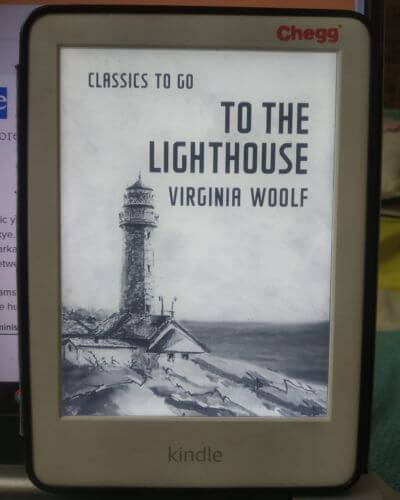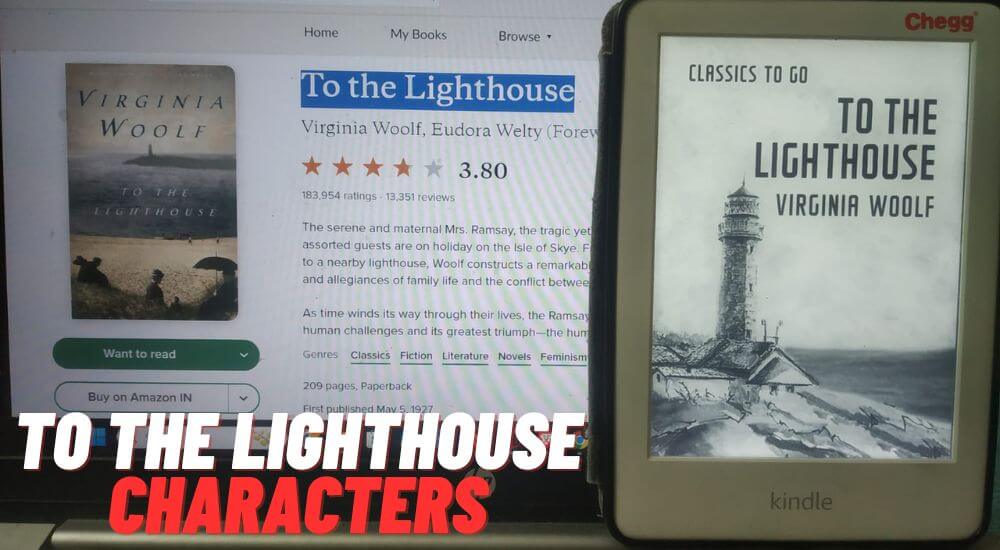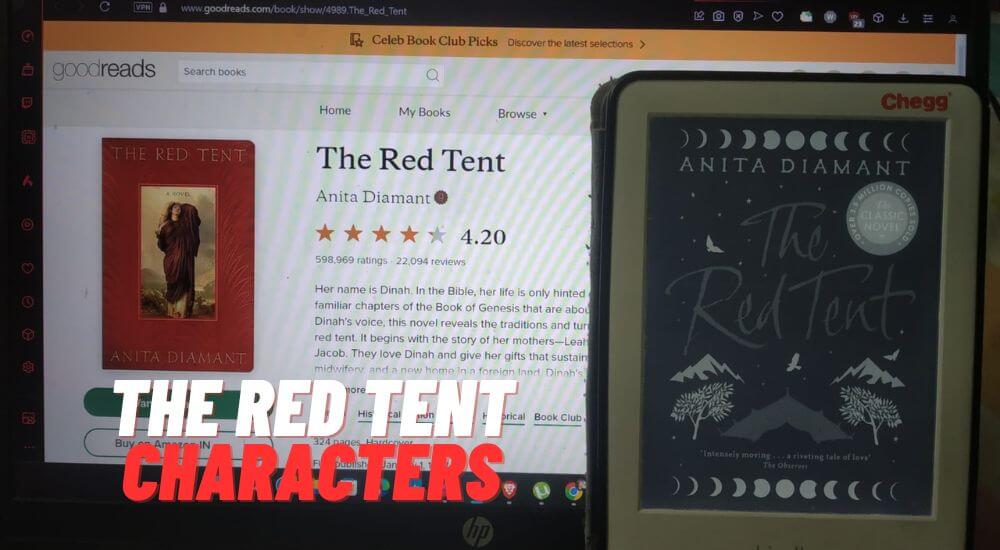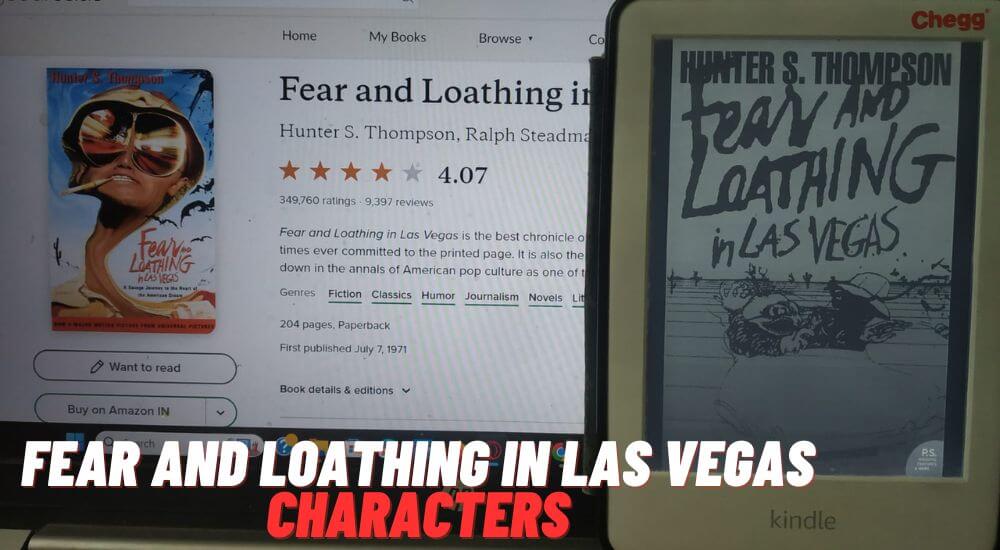To the Lighthouse Characters
| Mrs. Ramsay | A compassionate matriarch who strives to maintain harmony among her family and guests. |
| Mr. Ramsay | A philosophical and somewhat stern academic, consumed by his intellectual pursuits. |
| James Ramsay | The youngest Ramsay child, sensitive and yearning for his father’s approval. |
| Cam Ramsay | The eldest Ramsay daughter, independent and contemplative. |
| Prue Ramsay | The second Ramsay daughter, romantic and idealistic. |
| Andrew Ramsay | The eldest Ramsay son, a budding artist with a complex inner world. |
| Nancy Ramsay | The second Ramsay son, adventurous and curious. |
| Lily Briscoe | A close friend of the Ramsays, an artist grappling with her creative process. |
| Charles Tansley | A student of Mr. Ramsay’s, socially awkward but intellectually ambitious. |
| Augustus Carmichael | A poet and friend of the Ramsays, characterized by his languid demeanor. |
| William Bankes | Another friend of the Ramsays, a scientist with a gentle disposition. |
| Paul Rayley | A guest at the Ramsays’ summer home, a romantic interest for Minta Doyle. |
| Minta Doyle | A visitor to the Ramsays, engaged to Paul Rayley, naive and charming. |
| Mr. Carmichael | A retired surgeon and friend of the Ramsays, known for his eccentricity. |
| Jasper Ramsay | The Ramsays’ pet dog, often a source of joy and amusement for the family. |
| Mrs. McNab | The caretaker of the Ramsays’ summer home, known for her no-nonsense attitude. |
| Mr. Tansley | Charles Tansley’s father, a local fisherman with a gruff demeanor. |
| Mrs. Beckwith | A neighbor of the Ramsays, occasionally mentioned in passing conversations. |

Please share this site with your friends 🙂
Let’s Talk About the Characters
In Virginia Woolf’s “To the Lighthouse,” the characters play central roles in shaping the novel’s intricate narrative. From Mrs. Ramsay’s nurturing presence to Mr. Ramsay’s intellectual intensity, each To the Lighthouse character contributes to the dynamic interplay of relationships and emotions. Through the perspectives of James, Cam, Lily, and others, Woolf masterfully explores themes of connection, loss, and the passage of time.
As the story unfolds, readers become intimately acquainted with the complexities and nuances of these To the Lighthouse characters, experiencing their joys, sorrows, and transformations along the way.








